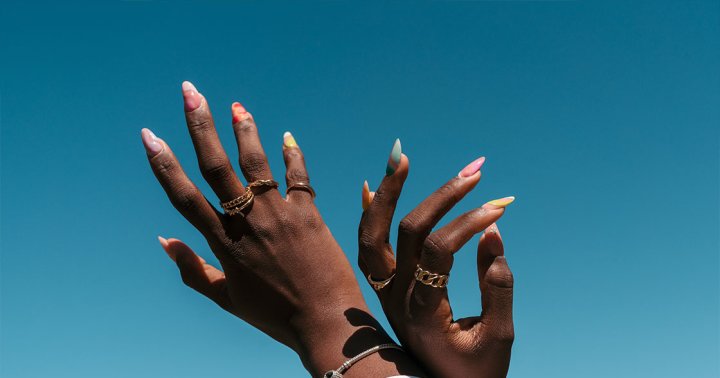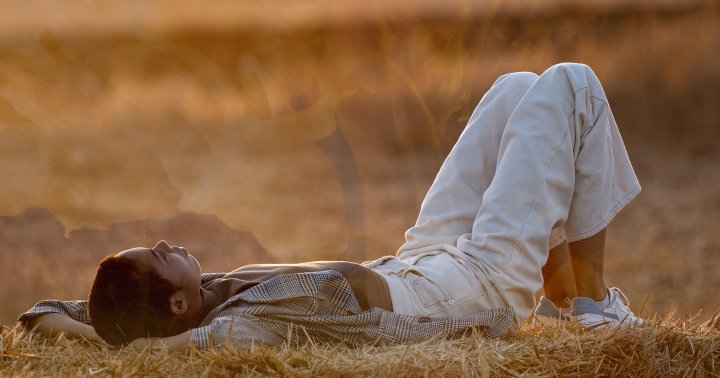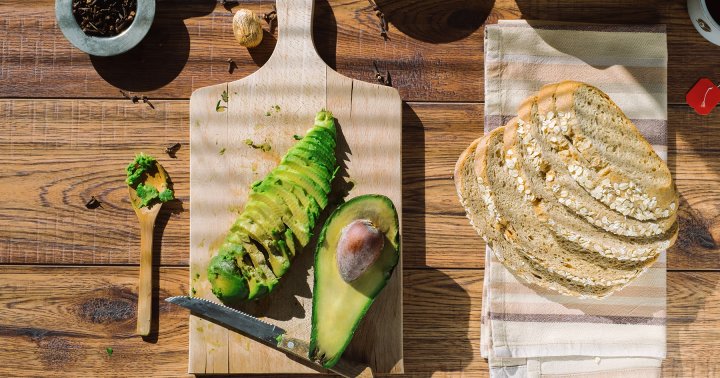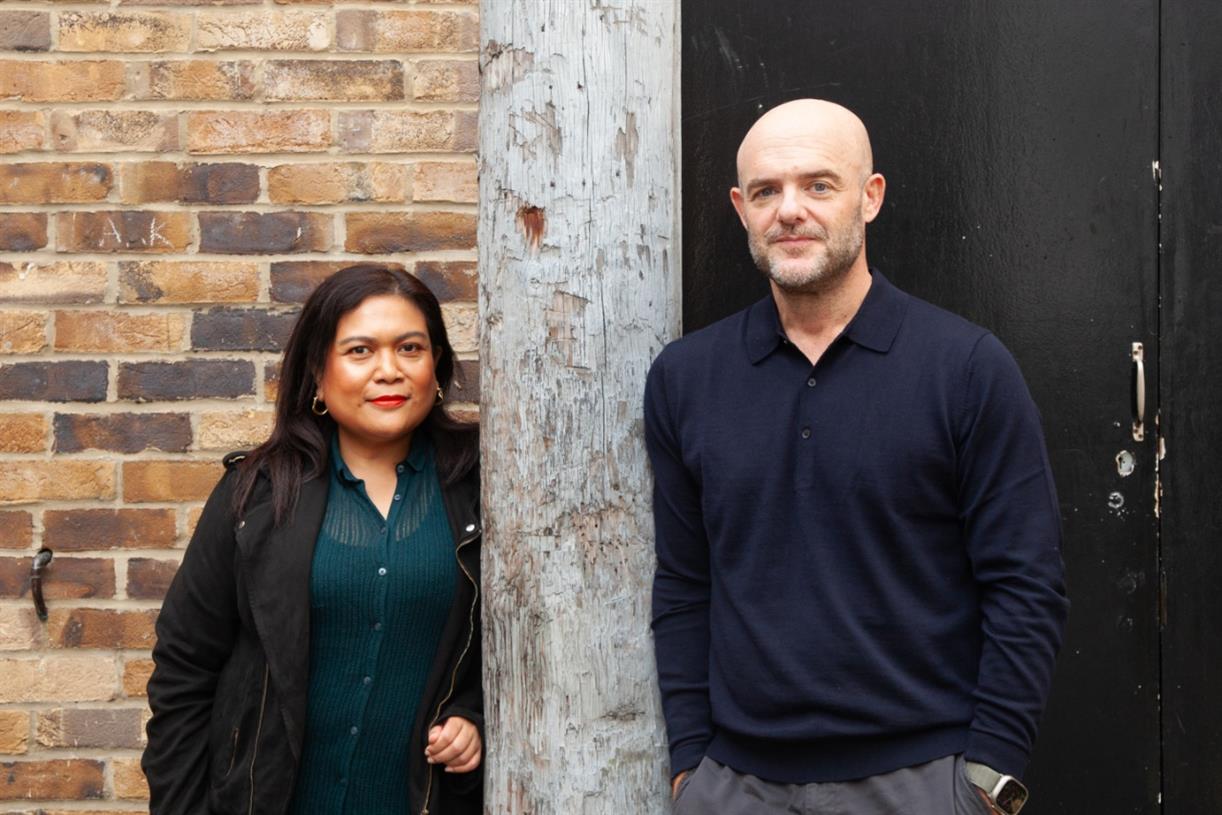Seeing Maitreya Buddha: Asanga’s Story, Maitreya Practice and His Sutra Dharani
Why is Maitreya Bodhisattva the face of love? Why is Maitreya called the Future Buddha? Why does his name translate as loving friend? Maitreya’s name gets to the heart of his practice right away. His name, Maitreya, literally translates...


Why is Maitreya Bodhisattva the face of love? Why is Maitreya called the Future Buddha? Why does his name translate as loving friend?
Maitreya’s name gets to the heart of his practice right away. His name, Maitreya, literally translates as “loving friend.” Maitreya’s name is derived from the Sanskrit word Maitri as in “friendship” however it has many layered meanings: benevolence, kindness, friendliness, amity, goodwill, active love for others.
 Meditating on Maitreya now (scene from video below.)
Meditating on Maitreya now (scene from video below.)
Maitreya’s Main Practice: Loving Kindness
For people who aspire to his loving kindness and protection, simply chant his powerful mantras, and his famous Dharani. Later in this presentation, we’ll cover the mantra and Dharani. We’ll also explain how one syllable in the Dharani and heart mantra is frequently mispronounced, and how to correctly chant the mantras.
VIDEO:
Maitreya is frequently just called Ajita, which means the unsurpassed. Ajita is part of his Dharani as well. When Buddha speaks to Maitreya Bodhisattva Mahasattva in the Lotus Sutra, he addresses him in person. The assembly usually call him “Ajita.”
 Maitreya on a throne as the Future Buddha, the next Buddha to be born into our world. Currently, Maitreya is in Tushita Heaven.
Maitreya on a throne as the Future Buddha, the next Buddha to be born into our world. Currently, Maitreya is in Tushita Heaven.
Maitreya Foretold in Many Sutras
Maitreya is foretold in many Sutras as the future Buddha, the next Buddha to come after Shakyamuni Buddha to the Earth, including the Maitreya vimana Sutta, the Lotus Sutra and the Maha paranirvana Sutra.
Maitreya Bodhisattva embodies the Bodhisattva ideal of Mahayana Buddhism: one who delays their own Buddhahood out of compassion for all sentient beings, although he is now on his “last life time” before being born into our world as the next Buddha. Maitreya’s name means “loving friend” or “friend of all”, and his compassionate nature is extended to all beings, regardless of whether they are human, animal or anything else. Maitreya is therefore known as the “friend of all creatures”.
 Like Great Asanga, we can see and practice Maitreya now by meditating on him, chanting his mantra and keeping Bodhichitta and Compassion as our main practices. A scene from the video below, the story of Asanga and Maitreya.
Like Great Asanga, we can see and practice Maitreya now by meditating on him, chanting his mantra and keeping Bodhichitta and Compassion as our main practices. A scene from the video below, the story of Asanga and Maitreya.
Practicing Maitreya Now
How do we practice Maitreya now, in this life? As the Loving Friend, the Compassionate One, the Great Bodhisattva of the highest level, his main practice is compassion. One story often told by lineage teachers to illustrate how we can see and practice Maitreya now, is the wonderful and inspiring life of the great Asanga.
In Lama Tsomo’s book Deepening Wisdom, Deepening Connection This story of the great Asanga, the fourth century founder of Yogachara school, is especially poignant.
 Asanga. (4th century).
Asanga. (4th century).
Asanga’s Quest to See Maitreya
“Long ago, in ancient India, a Dharma student named Asanga had a goal: to see the Future Buddha Maitreya, who was already a great bodhisattva. He then planned on getting instructions from him. He began a Maitreya practice retreat in a cave on Kukkutapada Mountain. Asanga spent all his waking hours, every single day, reciting Maitreya’s mantra, visualizing him, making offerings to him and so on.
 The great Asanga.
The great Asanga.
This went on for six years. He never saw Maitreya, even in his dreams. No sign of any kind. Nothing. He became discouraged and gave up. After completing the closing rituals for his retreat, he packed up his things and walked down the road in despair. He came upon a man rubbing a huge iron pole with a soft cloth.
“What are you doing, my friend?” Asanga asked.

“I need a needle, so I’m rubbing this pole, to fashion it into a needle.”
“Hmmm,” thought Asanga, “It would take him a century of rubbing to do the job. Yet he’s persevering. Here I am, supposedly a good practitioner, and I’ve quit my lofty goal after only six years. And my goal is way more important and beneficial than a needle could ever be.”
He was embarrassed, regretful that he didn’t know the meaning of persistence. He turned around and went back to the cave.
For three more years he did nothing else but pray to Maitreya continuously. Still no sign whatsoever. This time he was positive that there was absolutely no hope of seeing Maitreya, that he was wasting his life, accomplishing nothing. Again, he ended retreat, packed up his few possessions, and walked down the path.
The first person he came upon was a man at the foot of a towering rock. The man was dipping a feather in water and stroking the rock.
“What are you trying to do here?” Asanga asked, more than a little bewildered.
“This rock is blocking the sunlight from my house, so I’m wearing it away,” the man explained.
Immediately Asanga’s mind went to the thoughts of three years before, and he returned to the cave, practicing with renewed vigor. Three years passed. Nothing. Nada. Zilch.”
Lama Tsomo then tells the emotional story of how Asanga saves a dying dog. When he turns around, the dog has transformed into a glorious Maitreya Buddha.
Maitreya smiled and said,
“Asanga, I was there with you every single minute. And when you gave up, I appeared as the man with the scarf, the man with the feather, and now a dog.”
Maitreya explained that in previous years, Asanga wasn’t ready to understand what he was seeing. To prove it, he invited Asanga to go with him to town and see if anyone else could see glorious Maitreya.
Lama Tsomo continues the famous lineage story:
“Asanga carried Maitreya on his right shoulder. He asked everyone at the market what they saw. Every one of them looked at him a little strangely and said they saw nothing. At last they came to an old woman at the edge of town, whose obscurations were relatively more cleared away than the villagers. When Asanga asked her what she saw, she said, “I see a dog.”
At that moment, Asanga attained realizations and was taken immediately to Tushita Heaven.
 Maitreya Buddha (scene from the video.)
Maitreya Buddha (scene from the video.)
Bodhichitta and Compassion are Maitreya’s Practices
Lama Tsomo finished the teaching by commenting: Asanga’s “story reminds us that, in training in bodhicitta in general, and Compassion in particular, we can accomplish the two processes that lead toward enlightenment: clearing away obscurations and bringing forth our Buddha Nature. You can see why Compassion is essential to Mahayana and Vajrayana Buddhism.”
Even though buddhas and great bodhisattvas can appear anywhere, even in the Bardo (the dreamlike state between lifetimes) or our dreams, if we’re too caught in our own fixations and obscurations, we can’t see them. And even if we do see something, we can’t see these beings as they really are. When we see with the eyes of compassion, we see more truly.”
 Maitreya in the Ghandarva Style, influenced by Alexander the Great entering India.
Maitreya in the Ghandarva Style, influenced by Alexander the Great entering India.
How Compassionate is Maitreya?
How compassionate is the great Bodhisattva, our future Buddha? Maitreya’s compassion is so expansive it includes even those who have caused harm. In the Maitri upanishad, Maitreya says:
“By taking refuge in me, even those who have committed the most heinous crimes will be freed from their karma and will attain liberation.”
This shows that Maitreya’s compassion is not selective and is available to all, no matter how bad their past actions may have been. Maitreya’s compassion is therefore seen as boundless and all-inclusive.
Currently, Maitreya resides in Tushita heaven, as described fully in The Sutra on Maitreya’s Birth in the Heaven of Joy.
In The Sutra on Maitreya’s Birth in Heaven of Joy, Shakyamuni Buddha explains to the Great Assembly:
“In the Heaven of Joy, beings practice the ten virtues, return the kindness of the victorious ones, and have the merit to produce great wonders.”
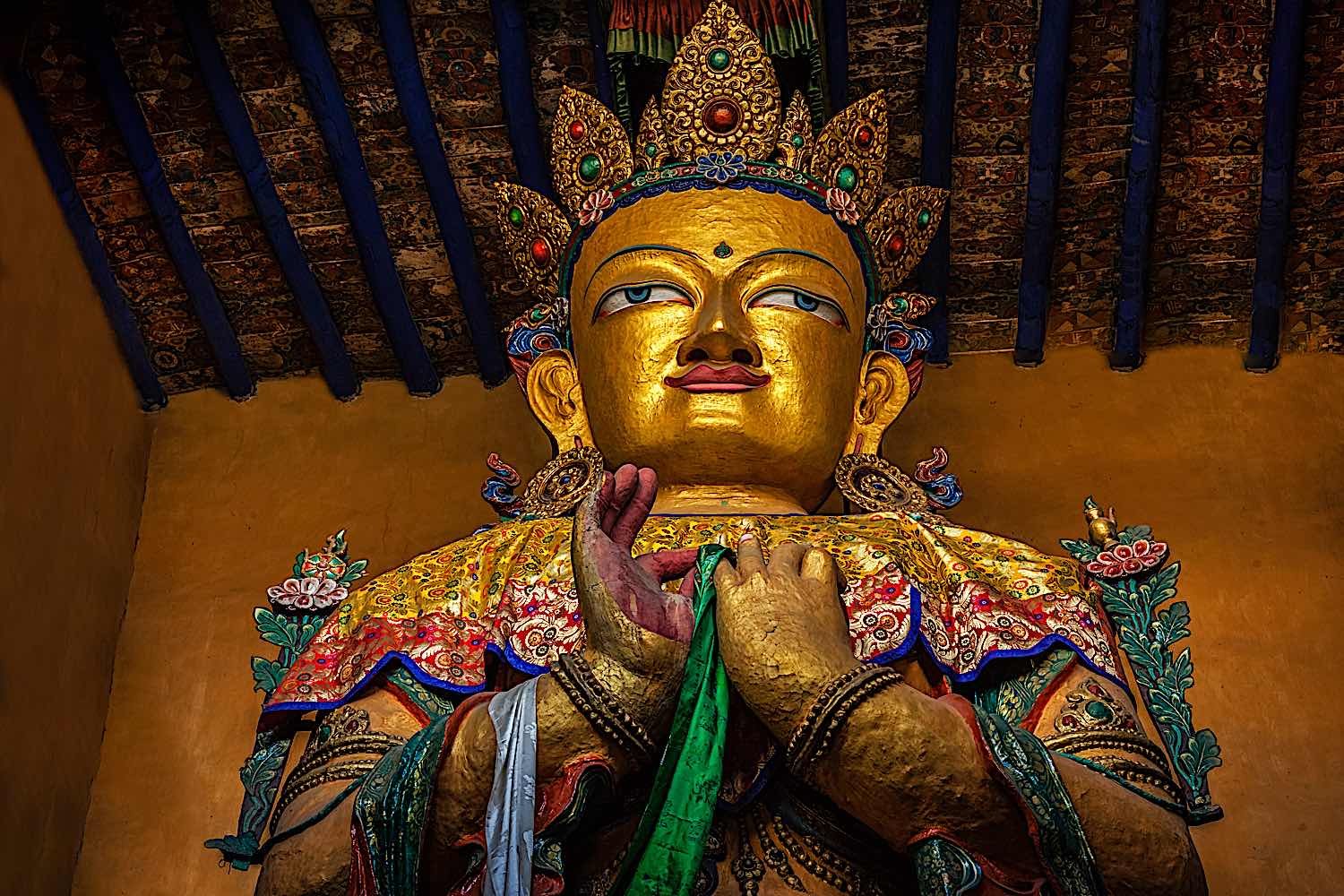 Maitreya Buddha in Tsemo Gonpa Leh, Ladakh, India.
Maitreya Buddha in Tsemo Gonpa Leh, Ladakh, India.
Buddha continued by explaining how to serve Maitreya:
Whether it is a single monk or the entire retinue, anyone who has not yet grown weary of birth and death, and wishes to be reborn in a divine realm, must generate the mind set upon unsurpassed awakening. The observances for those who wish to serve Maitreya are as follows: perfect the observance of the eight precepts including the five requisites; be ceaseless in physical and mental diligence; practice the ten virtues; desire abundant happiness; and maintain a one-pointed desire to be reborn in the Heaven of Joy.
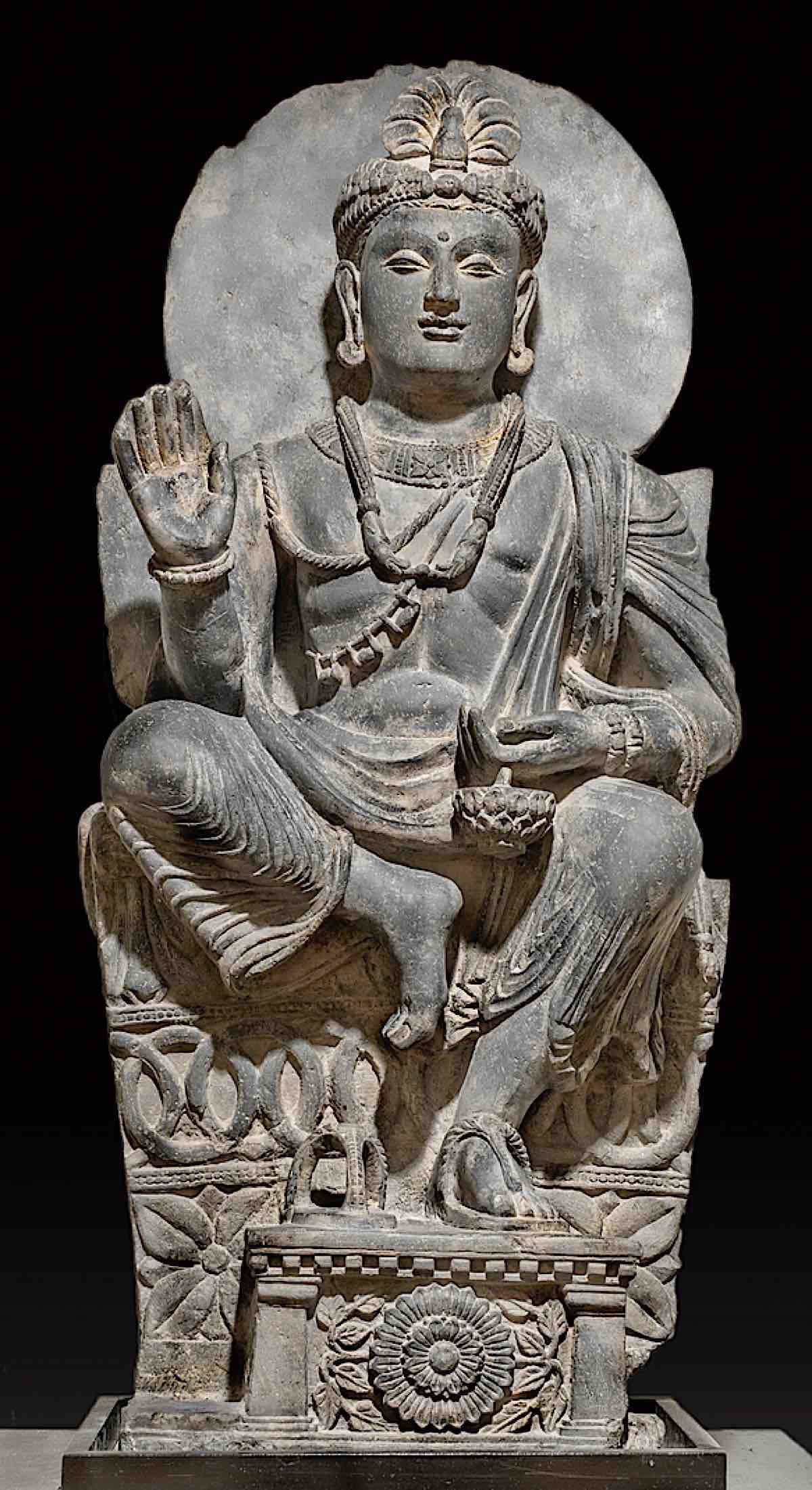 Maitreya Buddha, the Future Buddha.
Maitreya Buddha, the Future Buddha.
Maitreya – Our Helpful, Protective Friend
Until then, as long as we are born in the Samsaric worlds of suffering, Maitreya is always are helpful and protective friend. He is friendly and peaceful in appearance and noble, in keeping with his role as a loving friend of suffering sentient beings.
His practice flourished during the time Alexander the Great arrived in India. Many statues of Maitreya, in the Greco-Buddhist style, portray him as a beautiful nobleman with a Bhumpa or wisdom urn in his left hand.
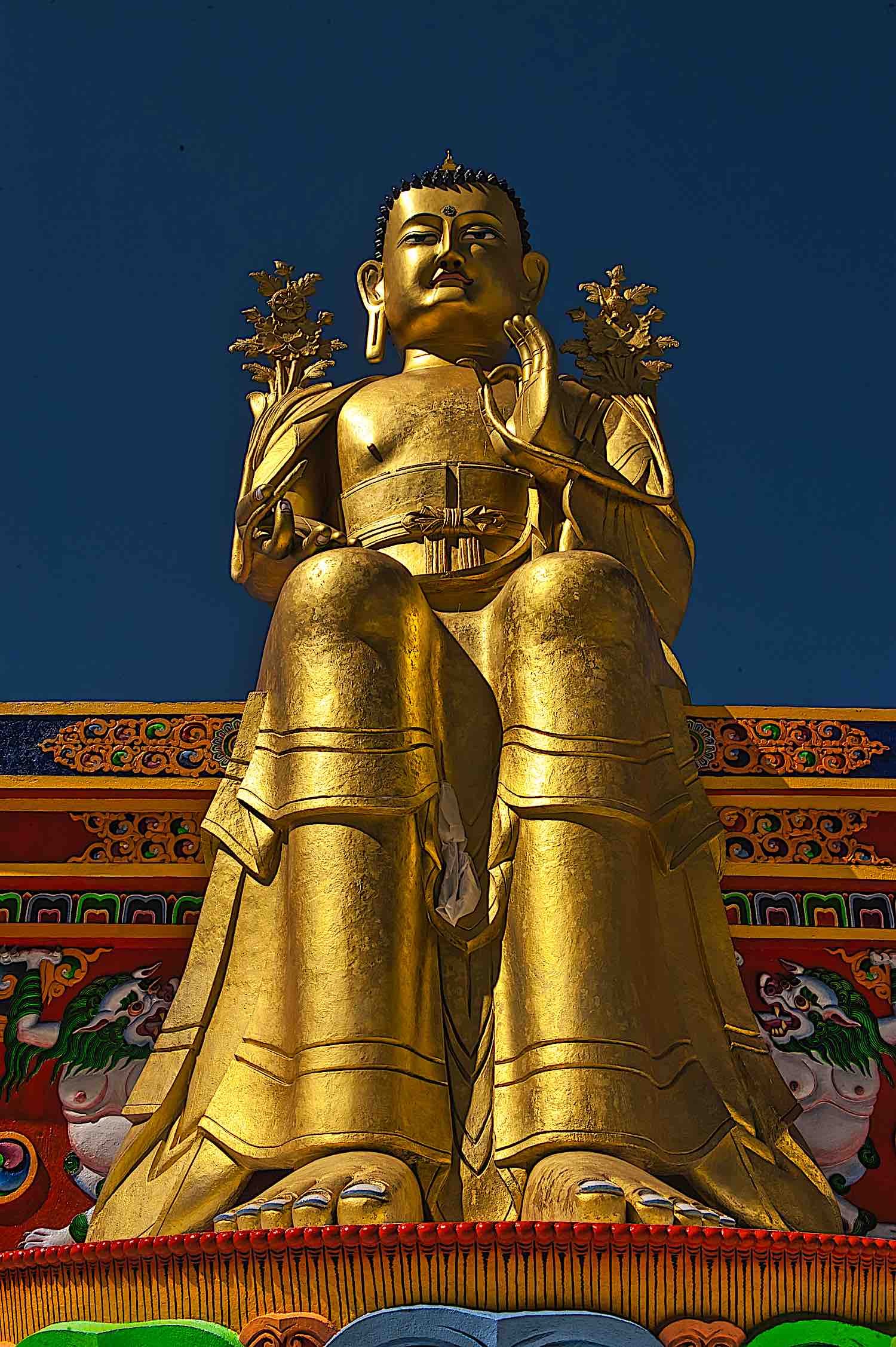 Golden Maitreya Buddha statue in Likir Monastery, Leh, Ladakh.
Golden Maitreya Buddha statue in Likir Monastery, Leh, Ladakh.
Maitreya’s Many Forms
Most commonly, the Future Buddha Maitreya appears in a peaceful form, yellow or gold, on a throne, with two feet down, with his two hands at the heart performing the mudra of Dharma Teaching while holding the stems of two red utpala flowers supporting a Stupa on the right and a water flask on the left. Sometimes, he will appear on a throne with only the one flower with a vase.
In other forms Maitreya appears as a Bodhisattva on a lotus with legs crossed, with the hands in the mudra of Dharma Teaching.
Maitreya may also appear on a lotus with one leg down on a lotus footstool, resembling Tara’s pose, with one hand in the mudra of the three jewels.
In the Japanese form, known as Miroku Maitreya, he appears to be sitting with one leg crossed, one leg hanging down on a lotus with right hand in the mudra of the Three Jewels and the left on his knee.
In one form he appears as Buddha in full lotus posture on a lotus flower with the Dharma Teaching mudra.
In rarer forms he is standing with a stupa either in his hand or on top of the Uptala flower.
There are many variations, with one vase, two vases, one flower, two flowers, and can also appear with Stupa, Mala, Dharma Wheel.
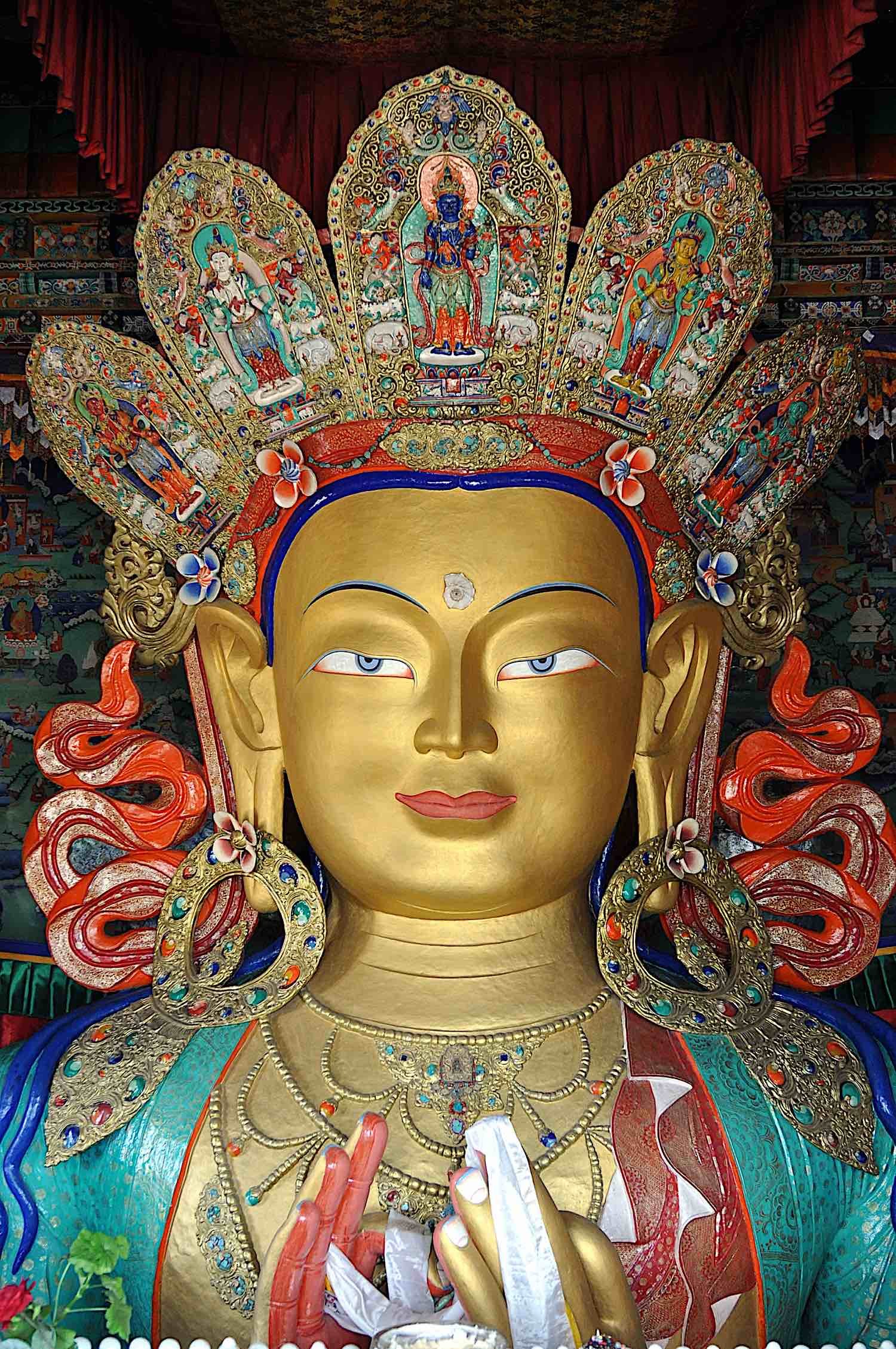 Maitreya Bodhisattva, the Future Buddha, statue in Ladakh.
Maitreya Bodhisattva, the Future Buddha, statue in Ladakh.
The Future Buddha Can Be Reached Now
He will come as the “future” manifested Buddha in our world, according to the prophecies of Shakyamuni Buddha, our loving friend Maitreya is “reachable” now through meditation, prayer, mantras and practice. Although he resides in Tushita Heaven, he is active as a compassionate Bodhisattva and emanates in countless world systems as a savior Bodhisattva. Simply call his name, meditate on his form, chant his mantra, and his compassionate power will reach you.
His mantra is
om maitri maha maitri maitri ye svaha
There is also a longer Dharani mantra called the Arya Maitrina pratijna nama dharani.
Mantra of Maitreya Buddha’s Promise
This is often translated as, the Mantra of Maitreya Buddha’s Promise. Although it should be chanted in Sanskrit, a translation of the Dharani is helpful for our practice.
Homage to the Three Jewels
Homage to the Lord Shakyamuni, Tathagata, Arhat, Completely Perfect Buddha
The Dharani translated follows:
Om Invincible, Invincible, Unconquered; Conquer the Unconquered;
You Who Look Down with Friendliness: Act! Act!
Bring! Bring the fulfillment of your great pledge
Shake the seat of great awakening
Remember. Remember your pledge for us.
Awakening, awakening, great awakening, svaha
Here is the Heart Mantra
OM MOHI MOHI MAHA MOHI SVAHA.
Here is the close Heart Mantra
OM. MUNI. MUNI. SMARA. SVAHA.
NOTE: For the Dharani and close Heart Mantra there is a common transcription error from Sanskrit to other languages. In the Dharani and the Close Heart Mantra, the word “smara” which means remember is often transcribed as “Mara”, which has a negative connotation. Mara was the Opponent of Buddha under the Bodhi tree, and various meanings include death, suffering and other negative associations.
In the mantra it is meant to translate as “remember, remember, your pledge for us.” It is fairly common to see the mantra chanted “mara mara atmakam samaya” however this should be “smara smara atmakam samaya” to translate as “remember, remember your pledge for us.” Smara is “remember. “Atmakam is “Consisting of” and “Samaya” is promise or oath.
The Dharani, in Sanskrit is:
NAMO BHAGAVATE SHAKYAMUNIYE TATHAGATAYA ARHATE SAMYAK SAM BUDDHAYA
TADYATHA: OM AJITE AJITE APARAJITEH
AJITAN CHAYA HARA HARA
MAITRI AVALOKITE KARA KARA
MAHA SAMAYA SIDDHI BHARA BHARA
MAHA BODHI MANDA VIJA
SMARA SMARA ATMAKAM SAMAYA
BODHI BODHI MAHA BODHI SVAHA
OM MOHI MOHI MAHA MOHI SVAHA
OM MUNI MUNI SMARA SVAHA
While chanting the Dharani, always remain mindful of Shakyamuni’s words in the Sutra of Maitreya’s Birth in Heaven of Joy.
“In the future, all of you will create merit, guard your discipline, and take birth in the presence of the bodhisattva Maitreya. The bodhisattva Maitreya will then bless all of you.
Upon hearing Maitreya’s name, they will no longer fall into the realms of darkness upon death, nor will they be reborn in any outlying regions, nor among people with wrong views or nonvirtuous behaviors. Such people will be reborn in every lifetime where the view is proper, the retinue is abundant, and the Three Jewels are never disgraced.
If those noble sons or daughters who have broken their vows or committed unwholesome misdeeds hear the name of the Bodhisattva of great compassion, call out his name, place their full body on the ground, and confess with an undistracted mind, the entirety of their misdeeds will swiftly be purified.” Thus spoke the Buddha.
May all beings benefit.
We dedicate this presentation for the benefit of all sentient beings.

 ValVades
ValVades 







